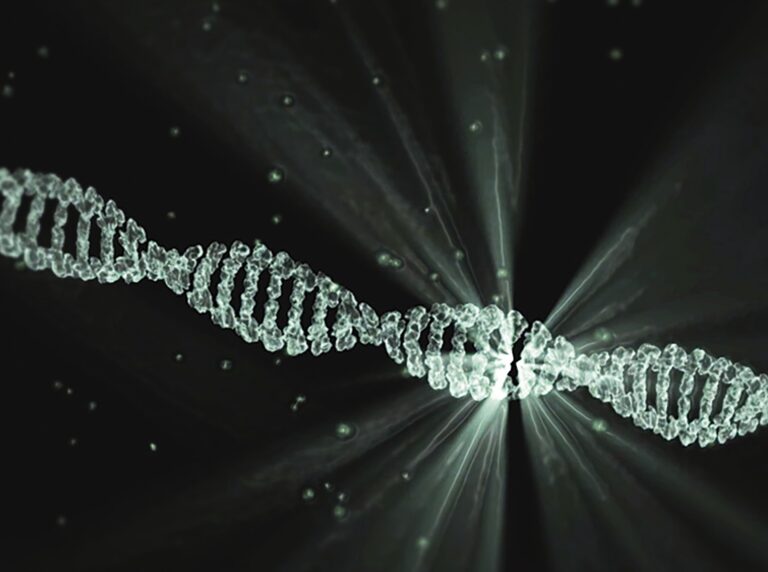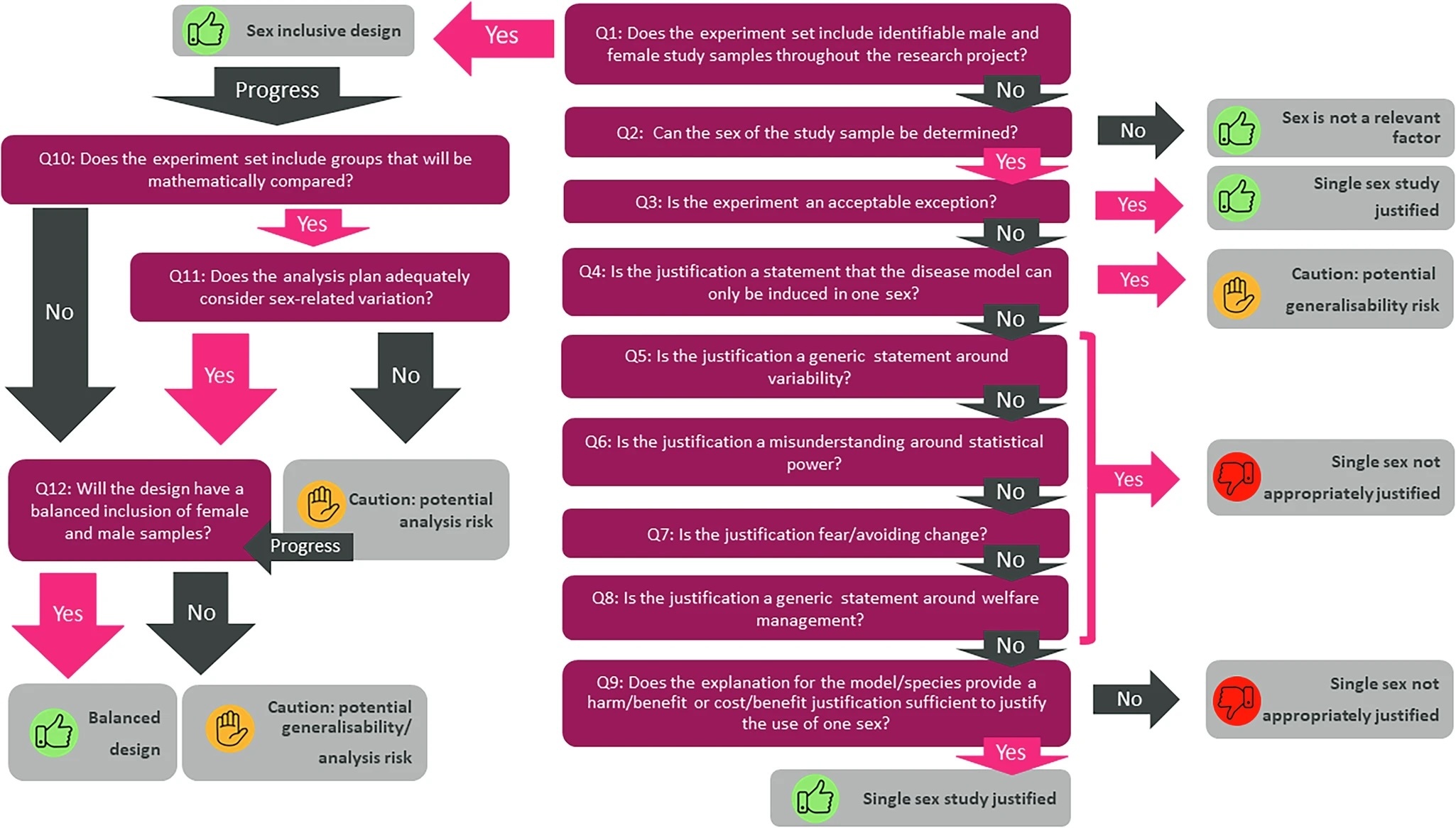In new research published in Nucleic Acid Research, scientists at MRC Harwell and the MRC Weatherall Insitute of Molecular Medicine have investigated unexpected larger deletions after CRISPR/Cas-9 editing
Adapted from a genome editing system found naturally in bacteria, CRISPR/Cas-9 has become a widely-used research tool in recent years. Researchers use short sections of RNA with ‘guide’ sequences to locate and recognise target DNA sequences within a genome. The RNA also binds to the enzyme Cas9 which cuts the DNA at the specified location, before the cell’s DNA repair mechanism is harnessed to introduce, alter or delete sections of genetic material.
The focus of the new paper is the occurrence of unintended larger deletions on target sites, where the deleted segment spans a longer region than that defined by the CRISPR/Cas9 cutting points, a common incident in CRISPR-edited mouse embryos and cultured cells.
Performing genome editing with dual paired Cas9D10A nickase, paired Cas9 nuclease, and single Cas9 nuclease complexes in mouse embryonic stem cells (mESCs) and a haematopoietic progenitor cell line (cells found in blood and bone marrow), researchers found that larger deletions can occur at multiple distinct loci on different chromosomes.
Lydia Teboul, an author on the paper, said: “together with de Bruijn lab (MRC Weatherall Institute of Molecular Medicine, Oxford) we have investigated larger deletion after CRISPR editing. These unexpected events are frequently associated with microhomologies and the distribution of deletion sizes is dependent on proximity to cutting site”.
Unexpected larger deletions could lead to the misinterpretation of data and experimental results if they go undetected, and the authors of the paper stress the need for robust screening methods to ensure the detection of LDs. Modelling the distribution of larger deletion events will help with the interpretation of the outcomes of experiments that employ genome editing, and contribute to an understanding of the mechanisms that cause these events.



